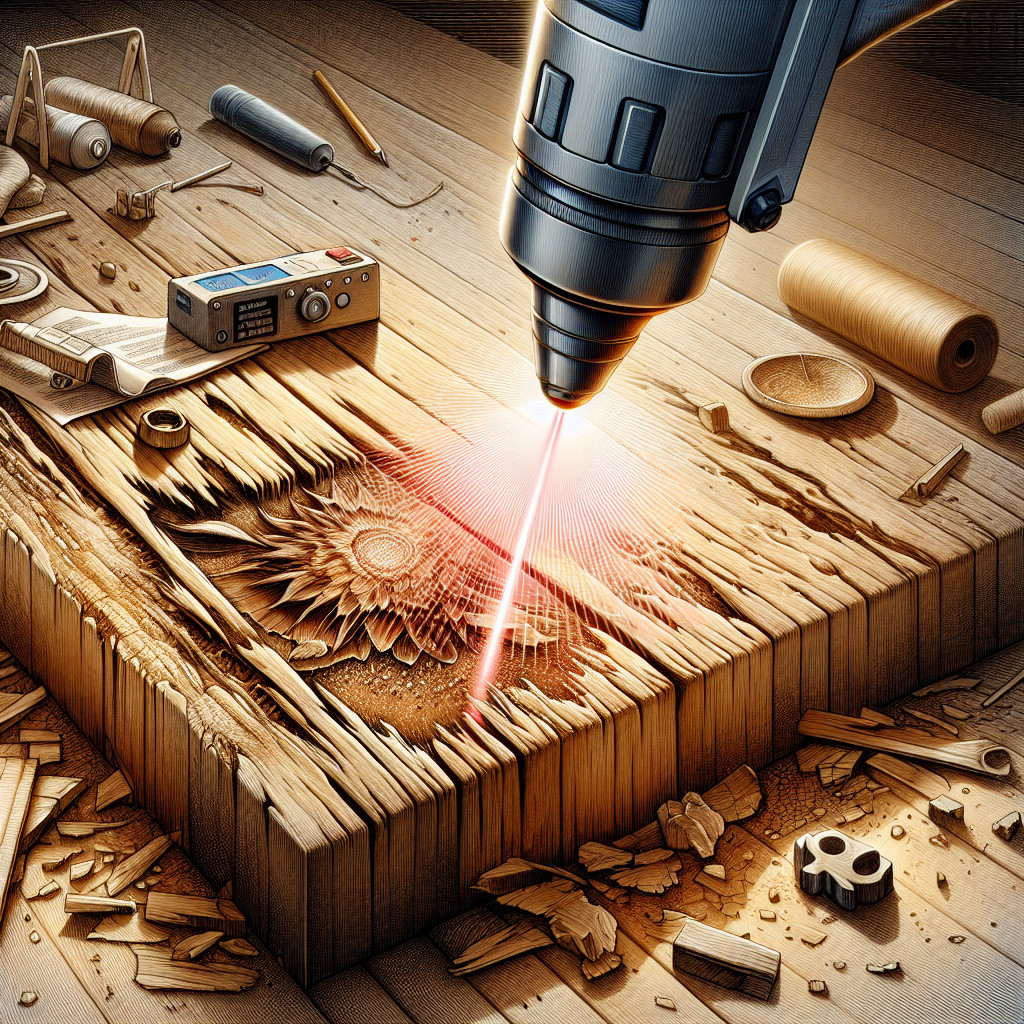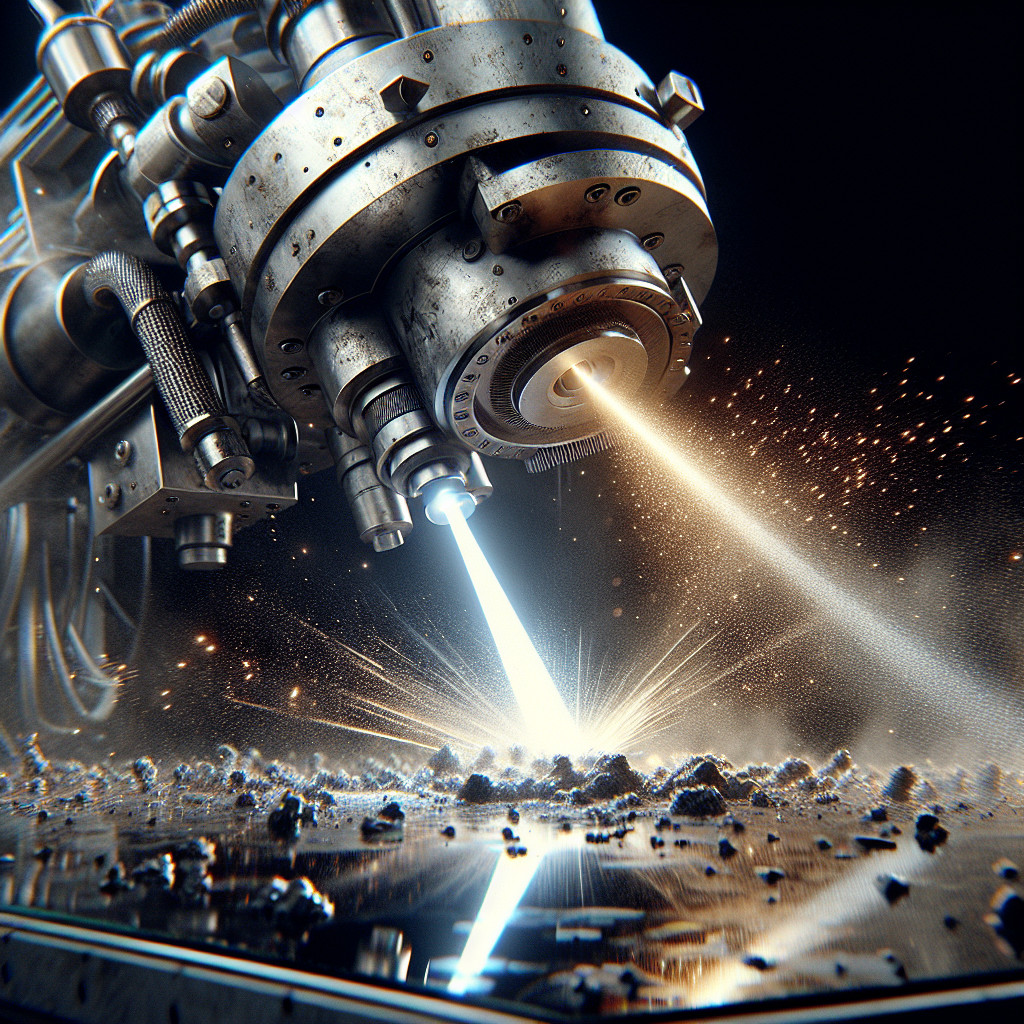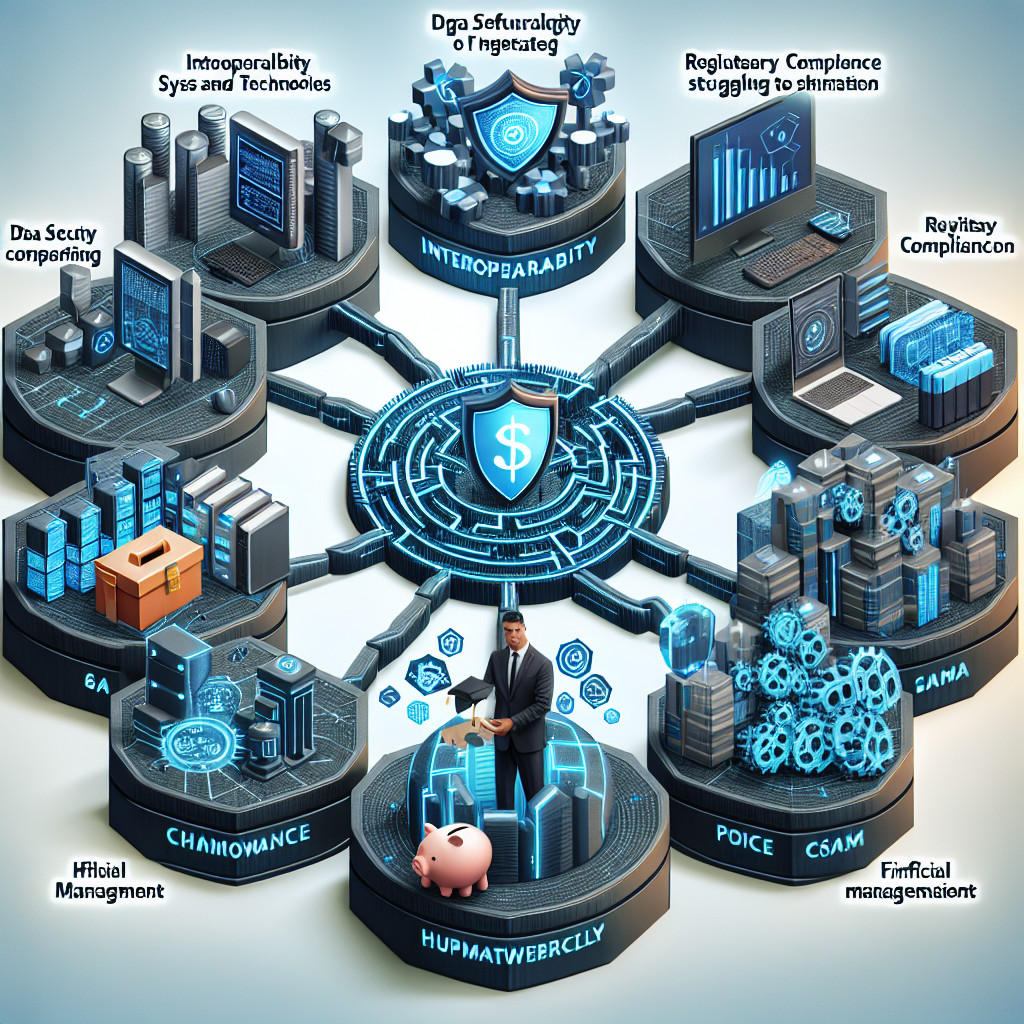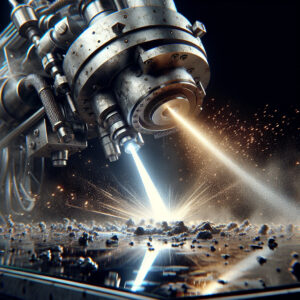
- Introduction to laser cleaning technology
- History of laser cleaning in the restoration industry
- Future developments in laser cleaning technology for wooden surfaces
- Training and certification for using laser cleaning technology
- Maintenance and upkeep of laser cleaning equipment
- How laser cleaning can improve the longevity of wooden surfaces
- Comparison of laser cleaning with chemical stripping for varnish removal
- How laser cleaning can reveal hidden details in wooden surfaces
Introduction to laser cleaning technology
How does laser cleaning work?
Laser cleaning works by using a high-powered laser beam to vaporize or ablate the unwanted material from the surface. The laser beam is focused on the target area, where it heats up and breaks down the contaminants into small particles that are then removed by a vacuum or blown away by compressed air.
Benefits of laser cleaning technology
- Non-contact: Laser cleaning does not require physical contact with the surface, reducing the risk of damage.
- Environmentally friendly: It does not involve the use of chemicals or solvents, making it a clean and green technology.
- Highly efficient: Laser cleaning is fast and precise, allowing for quick and effective cleaning of surfaces.
- Versatile: It can be used on a wide range of materials, including metals, plastics, ceramics, and more.
Applications of laser cleaning technology
Laser cleaning technology is used in various industries, including manufacturing, automotive, aerospace, and conservation. It can be used to clean surfaces before painting, welding, or bonding, as well as for restoration and conservation purposes.
Conclusion
Laser cleaning technology is a powerful and versatile method for removing contaminants and unwanted materials from surfaces. Its non-contact nature, environmental friendliness, and high efficiency make it an attractive option for many industries.
#laser #cleaning #technology #contaminants #coatings #rust #surfaces #noncontact #environmentallyfriendly #efficient #versatile #manufacturing #automotive #aerospace #conservation
frazy kluczowe:
– Advanced laser cleaning technology
– Non-destructive surface cleaning
– Eco-friendly cleaning method
– Precision cleaning with lasers
– Industrial applications of laser cleaning
History of laser cleaning in the restoration industry
Over time, laser cleaning technology has been adapted for use in a wide range of restoration applications, including cleaning building facades, monuments, and sculptures. The precision and control offered by laser cleaning make it an ideal choice for removing graffiti, soot, and other pollutants from historic structures without causing damage to the surface.
Advancements in laser technology have also led to the development of portable, handheld laser cleaning devices that can be used in a variety of restoration settings. These compact devices are easy to transport and operate, making them a versatile tool for cleaning hard-to-reach areas or delicate surfaces.
Today, laser cleaning is widely used in the restoration industry for a variety of applications, from cleaning delicate artworks to removing corrosion from metal surfaces. The technology continues to evolve, with ongoing research and development efforts focused on improving efficiency, reducing costs, and expanding the range of materials that can be safely cleaned with lasers.
| Year | Advancement |
|---|---|
| 1960s | Development of the first laser cleaning technology |
| 1980s | Introduction of laser cleaning in the restoration industry |
| 2000s | Advancements in portable laser cleaning devices |
| Present | Wide adoption of laser cleaning in restoration applications |
Overall, the history of laser cleaning in the restoration industry is a testament to the power of innovation and technology in preserving our cultural heritage. As the technology continues to evolve, we can expect to see even more exciting developments in the field of laser cleaning and restoration.
#laser #cleaning #restoration #industry #history #technology #artworks #heritage #innovation
słowa kluczowe: laser cleaning, restoration industry, technology, preservation, innovation, cultural heritage
frazy kluczowe: history of laser cleaning, advancements in laser technology, portable laser cleaning devices, restoration applications, preservation of cultural heritage.
Future developments in laser cleaning technology for wooden surfaces
One of the key advantages of laser cleaning technology is its ability to selectively target contaminants on the surface of the wood. By adjusting the wavelength, intensity, and duration of the laser beam, operators can customize the cleaning process to suit the specific needs of each wooden surface. This level of precision ensures that only the contaminants are removed, leaving the wood untouched.
As laser cleaning technology continues to evolve, researchers are exploring new ways to enhance its effectiveness on wooden surfaces. One area of development is the use of advanced imaging techniques to create detailed maps of the wood’s surface before and after cleaning. This allows operators to monitor the cleaning process in real-time and make adjustments as needed to achieve optimal results.
Another area of research is the development of specialized laser systems that are specifically designed for cleaning wooden surfaces. These systems may incorporate features such as adjustable beam sizes, variable pulse durations, and automatic feedback mechanisms to ensure consistent and efficient cleaning results.
Overall, the future of laser cleaning technology for wooden surfaces looks promising. With ongoing research and development efforts, we can expect to see even more advanced and sophisticated laser systems that are capable of preserving and restoring wooden surfaces with unparalleled precision and care.
- Non-invasive cleaning
- Environmentally friendly
- Precise and gentle
- Advanced imaging techniques
- Specialized laser systems
- Preserving wooden surfaces
- Restoring historical artifacts
- Enhancing cleaning efficiency
- Customizing cleaning processes
- Monitoring cleaning results
#laser #cleaning #technology #wooden #surfaces #precision #environmentallyfriendly #advancedimaging #specializedsystems #preservation #restoration #efficiency #customization #monitoring
Training and certification for using laser cleaning technology
Benefits of laser cleaning technology
Before delving into the training and certification requirements, let’s first explore the benefits of laser cleaning technology:
| Advantages | Description |
|---|---|
| Precision | Laser cleaning allows for precise targeting of contaminants without damaging the underlying surface. |
| Efficiency | Laser cleaning is faster and more efficient than traditional methods, reducing downtime and labor costs. |
| Environmental friendliness | Laser cleaning is a non-contact, chemical-free process that produces minimal waste and emissions. |
Training requirements
Due to the specialized nature of laser cleaning technology, individuals must undergo comprehensive training to operate laser cleaning equipment safely and effectively. Training programs typically cover the following topics:
- Basic principles of laser technology
- Safety protocols and procedures
- Equipment operation and maintenance
- Surface preparation and cleaning techniques
Certification process
After completing the necessary training, individuals can pursue certification to demonstrate their proficiency in using laser cleaning technology. Certification programs may involve written exams, practical assessments, and ongoing education to ensure continued competence.
Conclusion
Training and certification are essential components of using laser cleaning technology safely and effectively. By investing in proper training and certification, individuals can maximize the benefits of laser cleaning technology while minimizing risks and errors.
#laser #cleaning #technology #training #certification #safety #efficiency #precision #environmental #friendliness
słowa kluczowe: laser, cleaning, technology, training, certification, safety, efficiency, precision, environmental, friendliness
frazy kluczowe: specialized training for laser cleaning technology, benefits of laser cleaning technology, certification process for laser cleaning technology, laser cleaning equipment operation and maintenance, laser cleaning safety protocols and procedures.
Maintenance and upkeep of laser cleaning equipment
1. Clean the optics regularly to ensure optimal performance. Use a soft cloth and a mild cleaning solution to gently wipe away any dust or debris that may have accumulated on the lenses.
2. Check the alignment of the laser beam periodically to ensure that it is hitting the target surface accurately. Misaligned beams can result in inefficient cleaning and potential damage to the equipment.
3. Inspect the power supply and cooling system regularly to ensure that they are functioning properly. Overheating can cause damage to the laser cleaning equipment, so it is important to keep these components in good working order.
4. Replace any worn or damaged parts as soon as possible to prevent further damage to the equipment. This includes replacing worn-out lenses, mirrors, and other components that may affect the performance of the laser cleaning equipment.
5. Keep the work area clean and free of debris to prevent contamination of the surfaces being cleaned. This will help to ensure that the laser cleaning equipment can operate at its full potential.
By following these maintenance tips, you can help to prolong the life of your laser cleaning equipment and ensure that it continues to provide efficient and effective cleaning results.
#laser #cleaning #equipment #maintenance #upkeep
frazy kluczowe:
– laser cleaning equipment maintenance tips
– how to clean laser cleaning equipment
– importance of laser cleaning equipment upkeep
– best practices for maintaining laser cleaning equipment
How laser cleaning can improve the longevity of wooden surfaces
One of the key benefits of laser cleaning is its ability to remove contaminants without damaging the underlying wood. Unlike sanding or chemical treatments, which can strip away layers of the wood and weaken its structure, laser cleaning is a non-contact process that only targets the surface contaminants. This means that the wood is left intact and unharmed, preserving its strength and longevity.
Additionally, laser cleaning is a highly precise method that can be tailored to the specific needs of each wooden surface. The intensity and focus of the laser beam can be adjusted to remove different types of contaminants, from dirt and grime to paint and varnish. This versatility allows for a customized cleaning approach that can effectively address the unique challenges of each wooden surface.
Furthermore, laser cleaning is a fast and efficient process that can save time and labor costs compared to traditional cleaning methods. With no need for sanding, scraping, or chemical treatments, the cleaning process can be completed quickly and with minimal disruption to the surrounding environment. This can be especially beneficial for businesses and homeowners looking to maintain the appearance and longevity of their wooden surfaces without investing significant time and resources.
Overall, laser cleaning offers a modern and effective solution for improving the longevity of wooden surfaces. By gently removing contaminants without damaging the underlying wood, this method can help restore the beauty and durability of wooden surfaces while also saving time and labor costs. With its precision and efficiency, laser cleaning is a valuable tool for maintaining the natural beauty and longevity of wooden surfaces for years to come.
- wooden surfaces
- laser cleaning
- longevity
- cleaning methods
- environmentally friendly
- improve the longevity of wooden surfaces
- restore the original beauty of the wood
- preserve the strength and durability of wooden surfaces
- save time and labor costs
- maintain the appearance of wooden surfaces
#wooden surfaces, #laser cleaning, #longevity, #cleaning methods, #environmentally friendly
improve the longevity of wooden surfaces, restore the original beauty of the wood, preserve the strength and durability of wooden surfaces, save time and labor costs, maintain the appearance of wooden surfaces
Comparison of laser cleaning with chemical stripping for varnish removal
Chemical Stripping
Chemical stripping involves the use of harsh chemicals to dissolve and remove varnish from surfaces. While effective, this method can be time-consuming and labor-intensive. Additionally, the chemicals used in the process can be harmful to both the environment and the individuals performing the stripping.
Laser Cleaning
Laser cleaning, on the other hand, uses a high-powered laser to vaporize the varnish from the surface. This method is much faster and more precise than chemical stripping, making it ideal for delicate surfaces or intricate designs. Laser cleaning also eliminates the need for harsh chemicals, making it a more environmentally friendly option.
Comparison
When comparing laser cleaning with chemical stripping for varnish removal, several factors should be considered. Laser cleaning is faster and more precise, making it ideal for intricate surfaces. It also eliminates the need for harsh chemicals, reducing the environmental impact of the process. However, laser cleaning can be more expensive upfront than chemical stripping, which may be a consideration for some industries.
Conclusion
In conclusion, laser cleaning offers a more efficient and environmentally friendly alternative to chemical stripping for varnish removal. While it may be more expensive upfront, the long-term benefits of laser cleaning make it a worthwhile investment for industries looking to improve their varnish removal processes.
- laser cleaning
- chemical stripping
- varnish removal
- environmentally friendly
- precise
- Comparison of laser cleaning with chemical stripping for varnish removal
- Laser cleaning offers a more efficient and environmentally friendly alternative to chemical stripping
- Chemical stripping involves the use of harsh chemicals to dissolve and remove varnish from surfaces
#laser #cleaning #chemical #stripping #varnish #removal #environmentally #friendly #precise #comparison #efficiency
How laser cleaning can reveal hidden details in wooden surfaces
One of the key advantages of laser cleaning is its ability to reveal hidden details that may have been obscured by years of dirt and grime. By removing these layers of buildup, restorers can uncover the true beauty of the wood and appreciate its craftsmanship in a whole new light.
Additionally, laser cleaning is a highly precise and controlled process that can be tailored to the specific needs of each wooden surface. This allows restorers to selectively remove contaminants while leaving the rest of the surface untouched, ensuring that only the desired details are revealed.
Overall, laser cleaning offers a safe, efficient, and environmentally friendly way to restore wooden surfaces and bring out their hidden beauty. Whether you’re a professional restorer or a DIY enthusiast, laser cleaning can help you uncover the true potential of your wooden objects and create stunning results that will be sure to impress.
- Non-invasive cleaning method
- Preserves delicate details
- Highly precise and controlled
- Environmentally friendly
- wooden surfaces
- laser cleaning
- hidden details
- restoration
- antique furniture
- grain patterns
wooden surfaces, laser cleaning, hidden details, restoration, antique furniture
- Laser cleaning: A versatile technique for removing varnish from wooden surfaces. - 03/20/2024
- Internet education platform - 12/12/2023







